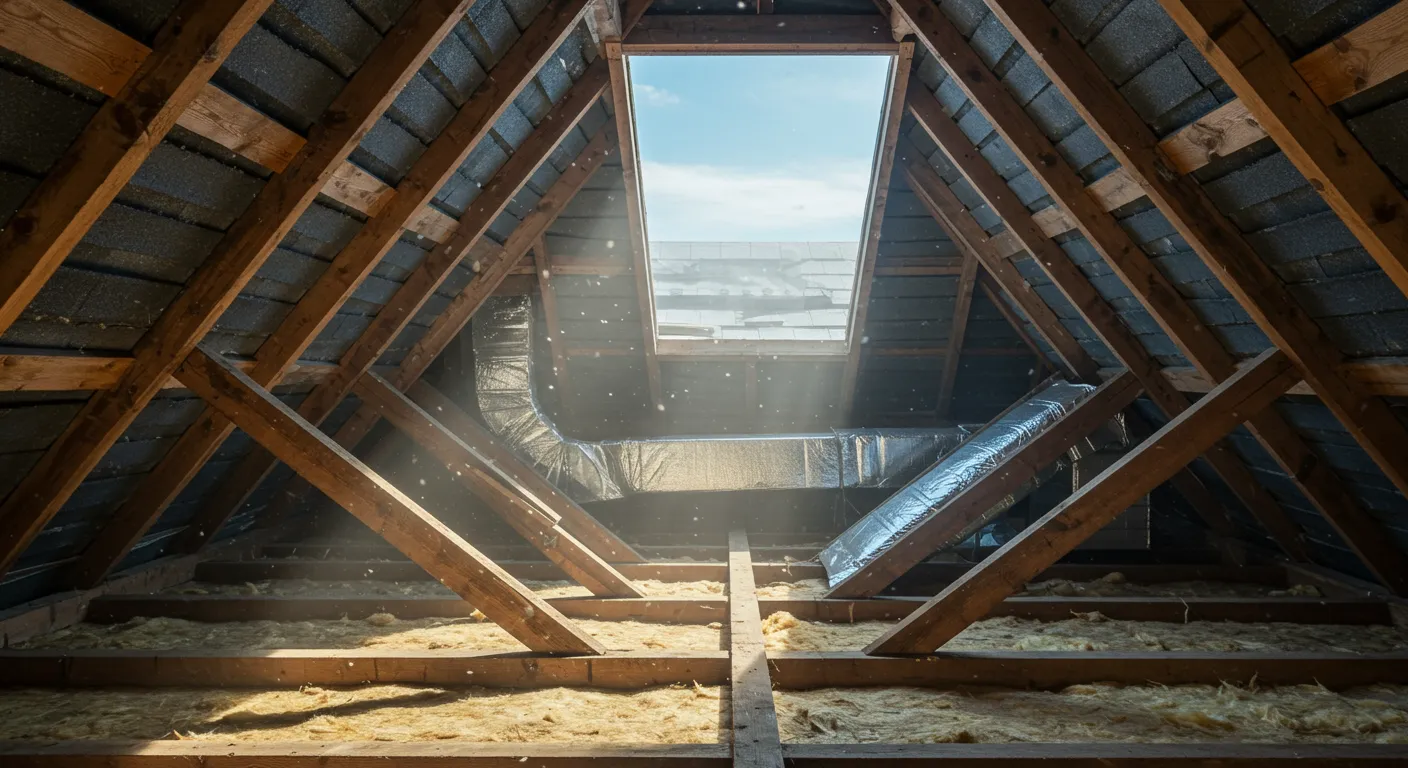Taking care of a roof is an important part of home maintenance, but many homeowners face problems they may not expect. Issues can develop over time or appear suddenly after a storm, which can cause concern for the safety and value of a house.
Knowing how to spot and handle the most frequent problems can help people save money and keep their homes safe. Learning about roofing installation and repair can make preventing damage easier, fixing any issues early, and maintaining a stable home.
Roof Leaks: Identify the Source and Seal With Roofing Cement or Replace Damaged Shingles

Roof leaks often start small but can lead to bigger problems if ignored. The first step is to look for water stains on ceilings or walls inside the house. Sometimes, leaks show up as damp spots or mold along attic beams.
To find the cause, inspect the roof for missing or damaged shingles. Pay attention to spots around chimneys, vents, or roof valleys, as these are common problem areas. Flashing that is rusted or cracked can also let water in.
Once the leak is found, damaged shingles need to be removed and new ones put in their place. For small gaps or holes, use roofing cement to seal the area. Smooth the cement out so water cannot get under it. Replace old or broken shingles to prevent leaks from returning.
Damaged Shingles: Replace Missing or Cracked Shingles Promptly to Prevent Water Intrusion

Damaged or missing shingles can leave a roof open to leaks. Rainwater may enter through these spots and cause moisture problems inside the home. Wet spots on the ceiling or walls are often the first signs of this issue.
Shingles can break, crack, or curl from weather, age, or wind. If a shingle is loose or missing, it should be replaced as soon as possible. Delaying these repairs may lead to mold or damage to the roof boards.
To fix this, carefully remove the damaged shingle without disturbing those nearby. Insert a new shingle and secure it with roofing nails. Press it firmly to create a tight seal.
Regularly checking the roof can help catch problems early. Quick action keeps the roof in good shape and protects the house from further damage.
Damaged Flashing: Repair or Replace Bent or Rusted Flashing Around Chimneys and Vents

Flashing is thin metal installed to direct water away from chimneys, vents, and joints on a roof. It keeps water from seeping into the house in these areas.
Bent or rusted flashing can cause leaks that lead to water damage inside. Damaged flashing should be checked regularly and fixed right away.
Seal small holes or cracks with roofing cement to repair minor flashing damage. Remove the old flashing carefully and put in new pieces for bent or badly rusted sections.
Make sure to press the new flashing firmly into place and cover the edges with sealant. This helps block water from getting under the metal.
Inspecting the area after heavy storms can help spot problems early. Regular checks are a simple way to protect the home from leaks.
Clogged Gutters: Clean Gutters Regularly to Guarantee Proper Water Drainage and Prevent Roof Damage

Clogged gutters can cause water to overflow, leading to roof leaks and even damage to the home's foundation. Leaves, twigs, and debris can build up fast, blocking the normal flow of rainwater.
It is simple to check gutters for clogs. People often use a ladder to look for debris and standing water. Cleaning out the gutters once or twice a year, especially in spring and fall, can help prevent these problems.
Keeping gutters free of blockages allows water to move away from the roof. This helps protect the roof and walls from water stains, rot, and mold.
Installing mesh guards can help stop leaves and debris from collecting in the first place. Simple checks and cleaning can make a big difference in keeping a safe and dry roof.
Poor Ventilation: Improve Attic Ventilation to Reduce Moisture Buildup and Extend Roof Lifespan

When an attic does not have proper airflow, heat and moisture can get trapped inside. This often leads to damp wood, mold, and other problems over time.
Moisture from bathrooms or kitchens can rise and settle in a poorly ventilated attic. This can cause the roof deck to weaken and may even shorten the life of the roof.
Good roof ventilation allows fresh air to flow in while letting hot, damp air escape. Adding vents along the roof or at the ridge can help keep the attic dry. This reduces the risk of damage to the roof's structure.
Proper airflow in the attic keeps temperatures steady and stops water from pooling under the shingles. This simple step helps protect the home and can make the roof last longer.
Conclusion
Roofing problems like leaks, clogged gutters, and worn shingles can create issues if ignored. Quick action and simple fixes, such as sealing leaks or cleaning gutters, can help protect a home.
Homeowners should watch out for warning signs to avoid bigger headaches later. Small cracks, damaged flashing, or pooling water can grow into bigger problems if left alone.
Keeping up with roof inspections and fixing minor issues early helps extend the roof’s life. Regular care saves both time and money.






